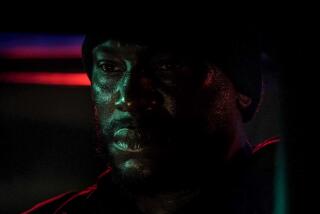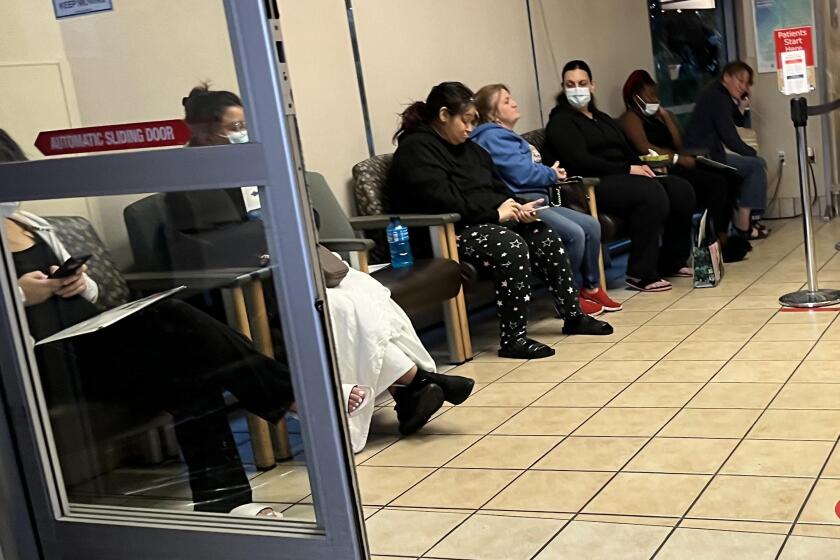Seizing the post-riot moment
In addition to 1992, let’s remember 1985, when Los Angeles was cocky. Twenty years had passed since the notorious Watts riots, and civic leaders congratulated themselves on what their city had become since then. They had just wrapped up the wildly successful Olympics. L.A. was the capital of the emerging Pacific Rim and held a key position on the international stage. An African American mayor presided over a multiethnic city of the future. South Los Angeles residents had access to a full-service medical center, and there were promises of new grocery stores and retail centers in the very near future. Racial tension had been conquered. Two decades after the violence, it was easy for the comfortable to scoff at the notion that anything was amiss here.
Meanwhile, the region was undergoing a sweeping economic restructuring. The nation’s capital of manufacturing only a few years earlier, Los Angeles was quickly losing its assembly plants and the jobs that went with them as companies retrenched in the United States and expanded in cheaper labor markets in Asia and Latin America. In the years just after 1985, the aerospace industry that once undergirded the local economy crumbled. As downtown office towers soared, so did unemployment near the factories along Slauson Avenue and in working-class communities. A crack cocaine epidemic swept through black Los Angeles and across the country. Federal funding for cities evaporated.
As South Los Angeles faced challenges old and new — addiction, unemployment and gang crime — voters began to notice, and to fear. They adopted one measure after another that sent thousands of young men to probation, jail and prison, answering trouble not with help but with incarceration and police oppression. Just seven years after that heady 20th anniversary, Los Angeles erupted again, this time on a broader scale and with even deadlier and more destructive results.
Today, 20 years after the violence of 1992, Los Angeles is not cocky. It is chastened and uncertain.Martin Luther King Jr./Drew Medical Center is gone, although its rebirth is promised. Developers, lenders and insurers turn up their collective noses at huge vacant lots on commercial avenues. The prisons are full, the state is broke, and South L.A. is now being called upon to reabsorb the thousands of men who were sent away by the tough-on-crime, cheap-on-aid policies of the 1980s and 1990s.
We are fortunate that activists and organizers who had already begun their work before the Rodney King verdicts seized the post-riot moment and re-navigated the boundary between economic and political integration, on the one side, and self-determination on the other. Gang crime dropped, and help from outside played a key role — but the backbone of the change was a truce brokered and enforced by young men on the streets. It faltered, and it was renewed. Crime magnets — the corner liquor stores that had become open-air drug bazaars — were slated for rebuilding by city leaders, but grass-roots activists led by the Community Coalition blocked them.
Many people now working to remake South L.A. lived through not just 1992 but 1965, but many others hadn’t yet been born 20 years ago, and to them the looting and burning are as distant as was World War II to baby boomers who lived through the Watts violence. Activists old and young are defending their neighborhoods and rejecting the assumption that they must lower their expectations for equity and progress.
There may always be a ready supply of counterparts to the anger-sparking videotape of officers beating Rodney King. Take, for instance, the fatal shooting in Florida of Trayvon Martin or the fatal shooting last month of Kendric McDade by Pasadena police and their arrest of Oscar Carrillo, whose 911 call began a series of events that led to the death. Or the PBS video of Anastasio Hernández Rojas, assaulted by Border Patrol agents.
But sparks are less likely to ignite fires when people are there working to put them out. Los Angeles has such people now, and they are sharing their peacemaking and community-building skills with the next generation of Angelenos. The rest of us should offer them our praise and support.
More to Read
A cure for the common opinion
Get thought-provoking perspectives with our weekly newsletter.
You may occasionally receive promotional content from the Los Angeles Times.










